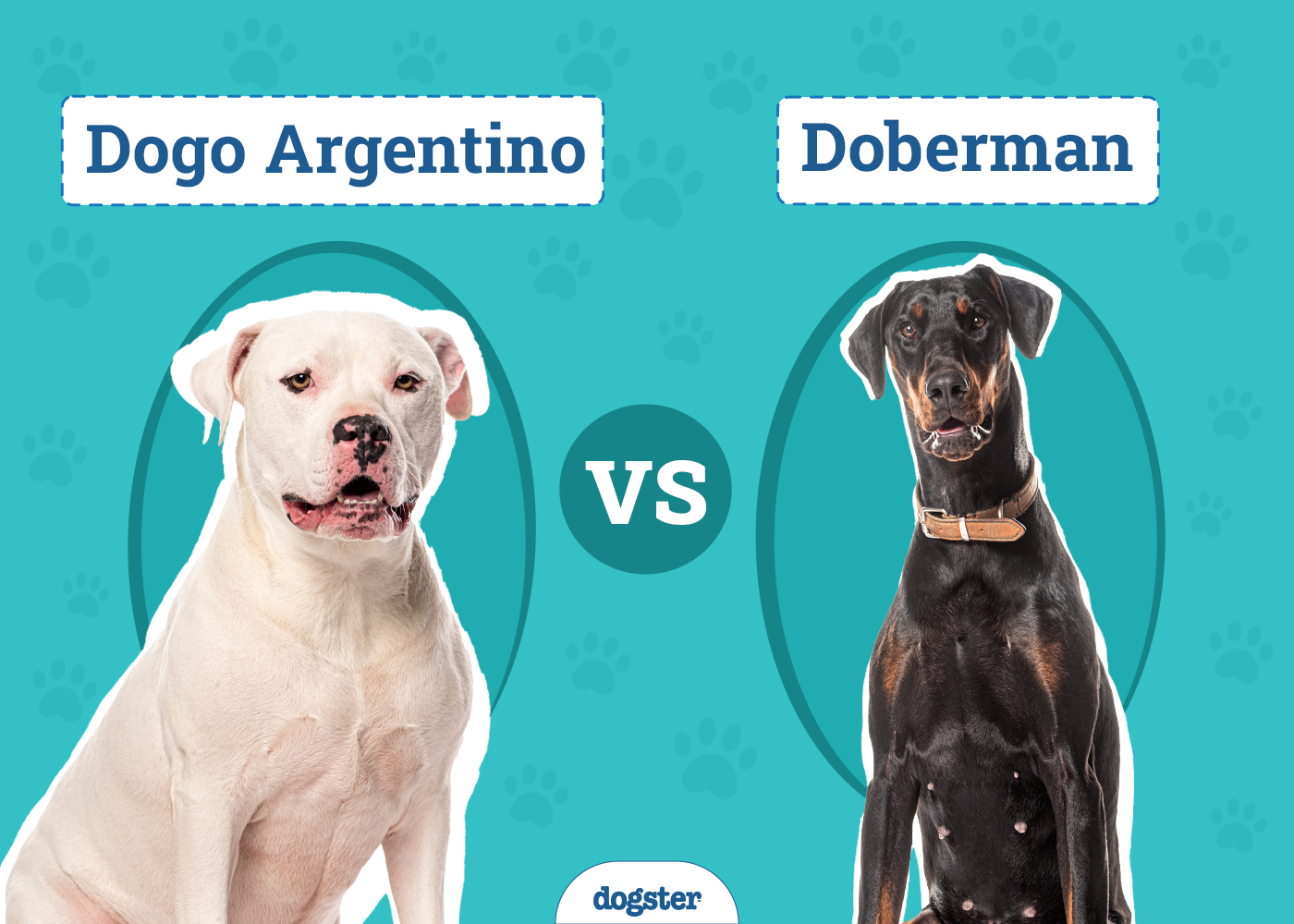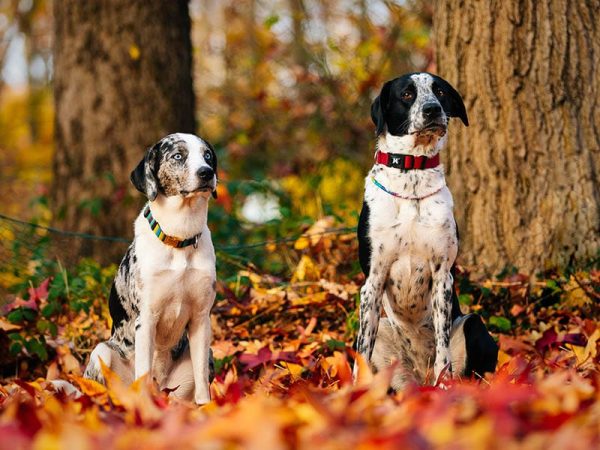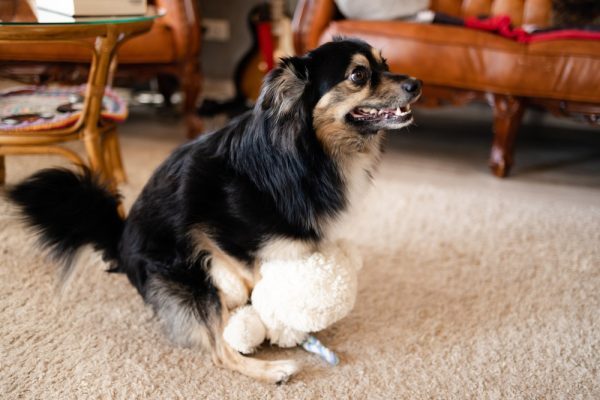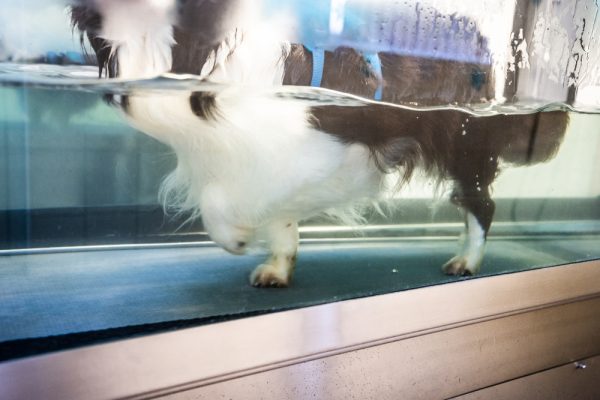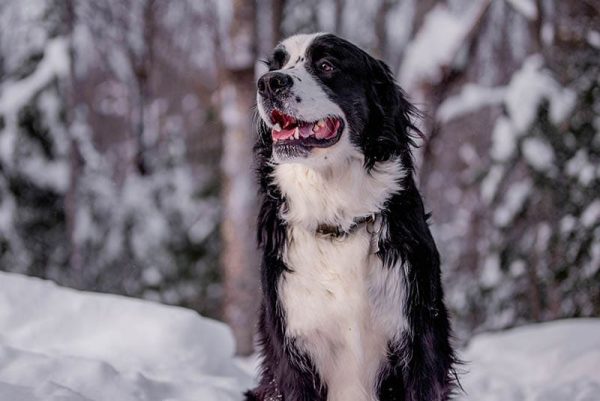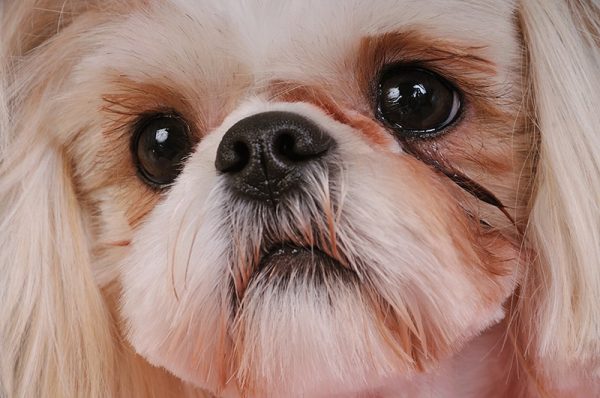In this article
View 3 More +Choosing the right breed to bring home as your new friend and family member can be difficult. This is especially true when deciding between a Dogo Argentino and a Doberman. Both dogs are strong, powerful, and known for their protective natures. However, what most people don’t realize is that they are also loving and affectionate with their families. Let’s take an in-depth look at these amazing dogs so you can better determine which breed is meant to be a part of your growing family.

Visual Differences
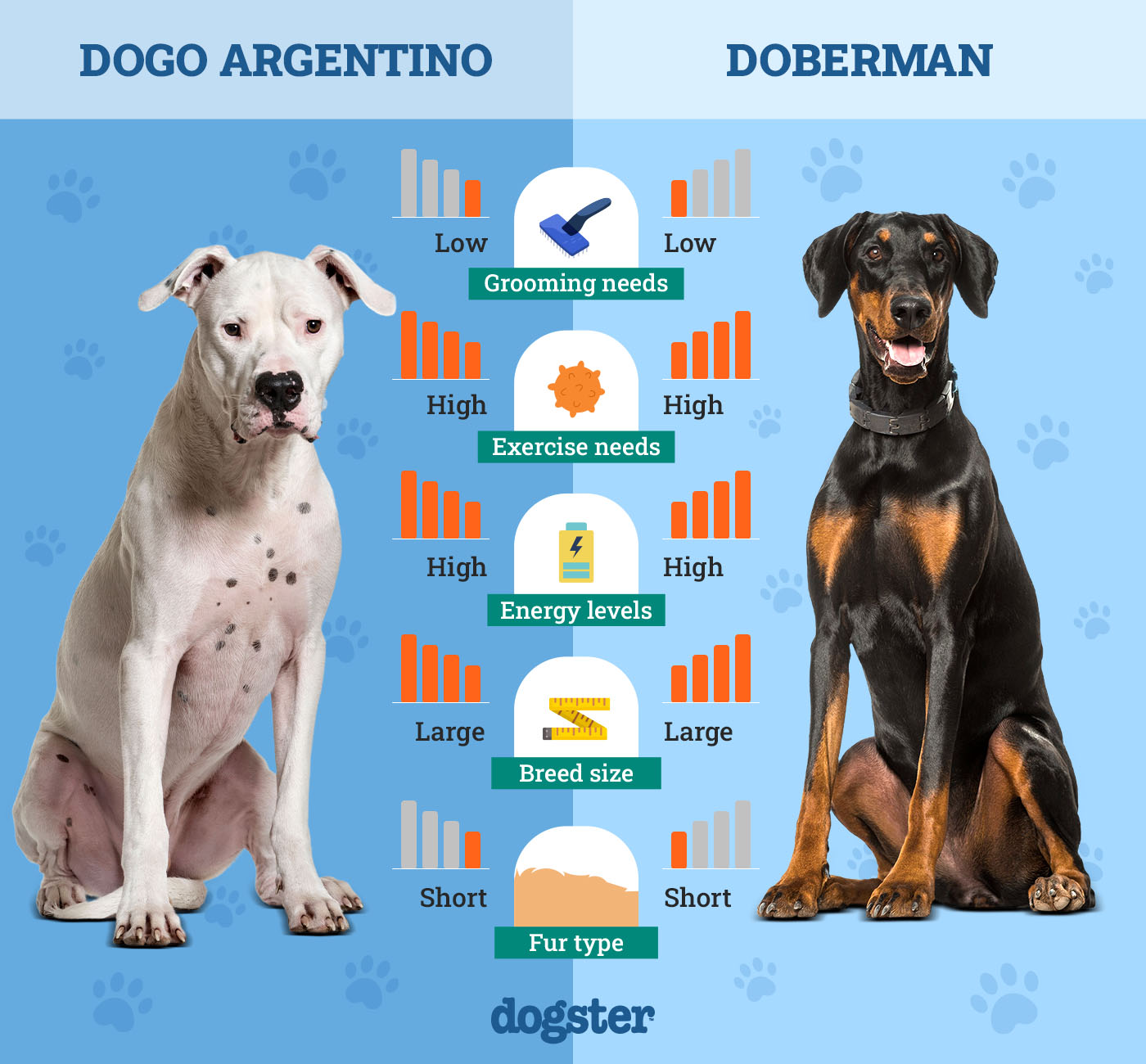
At a Glance
- Average height (adult): 23–27 inches
- Average weight (adult): 80–100 pounds
- Lifespan: 10–15 years
- Exercise: 2+ hours a day
- Grooming needs: Minimal
- Family-friendly: Yes
- Other pet-friendly: Occasionally
- Trainability: Intelligent but requires consistency for successful training
- Average height (adult): 24–28 inches
- Average weight (adult): 60–80 pounds
- Lifespan: 10–13 years
- Exercise: 1+ hours a day
- Grooming needs: Minimal
- Family-friendly: Yes
- Other pet-friendly: Not often
- Trainability: Intelligent and takes well to training

Dogo Argentino Overview
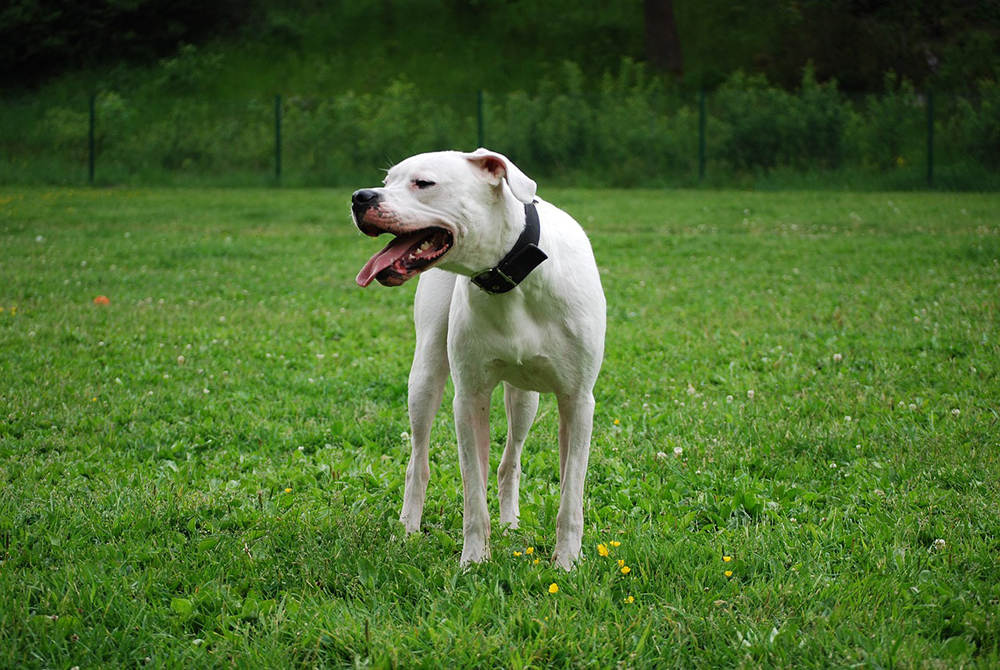
The Dogo Argentino was first developed in Cordoba, Argentina. This dog was purposefully bred by Dr. Antonio Nores Martinez in 1928 by mixing other large breeds. The goal was to create a dog that was powerful, versatile, and even-tempered for hunting. Originally, this breed’s prey included wild boar, puma, and even mountain lions. Over the years, however, their tenacity, trainability, and athletic prowess earned them positions in law enforcement and even the military. The dog’s first recognition took place in 1973 at the Argentine Kennel Club. Dogo Argentinos began appearing in the United States around the same time but weren’t recognized by the American Kennel Club until 2020.
Personality / Character
A stable temperament was the goal when the Dogo Argentino was developed. While this breed is tenacious, powerful, and active, they are also great with the right owner. They love to be playful and show their affection for their families. Unfortunately, they don’t do well with inexperienced owners, as they need a firm hand and socialization due to their need to protect their families.
Training
When it comes to training this breed, experience is key. If you are a novice with dogs, you may be better suited to choosing professional training for your Dogo Argentino. They are a highly intelligent breed but can show a bit of stubbornness. The key to successful training is to start at an early age and stay consistent.
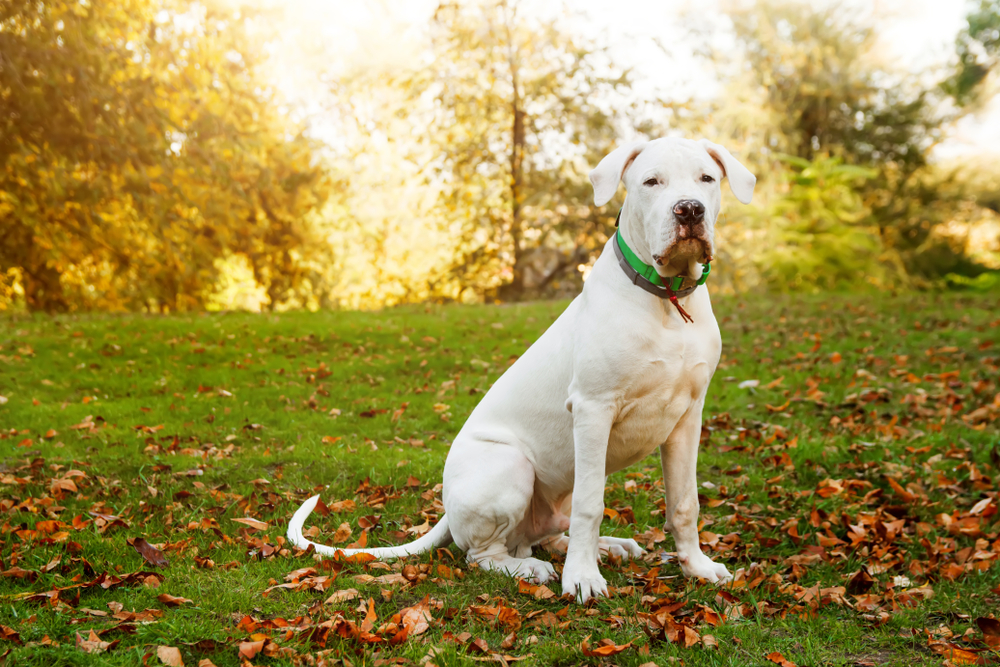
Health & Care
Dogo Argentinos are relatively healthy dogs. However, like with any breed, choosing a reputable breeder who can share information on their lineage and the potential for illnesses is a must. Like other large dogs, they are susceptible to certain issues like hip dysplasia. To help your Dogo Argentino stay happy and healthy, you should ensure that they receive proper nutrition, lots of exercise, and routine visits to the veterinarian to get vaccinations and other needed care.
Suitable For:
Dogo Argentinos are best suited for families with plenty of space to allow them to run and be active. You couldn’t call this dog a couch potato by any means. They need an owner who is active and willing to spend a lot of time engaging in activities. This breed is also not for novice dog owners. They require consistent training to be successful in the home.

Doberman Overview
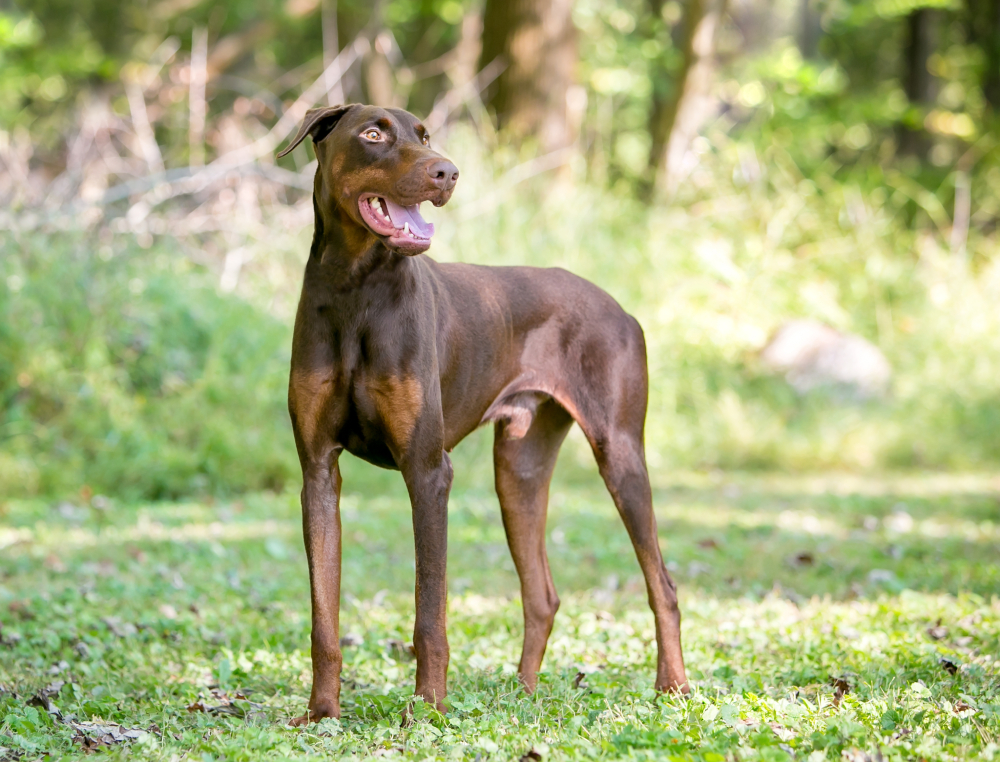
The Doberman was bred to protect. In 19th century Germany, during a time when tax collecting could be a dangerous job, Louis Dobermann decided he needed additional protection while working. Both a dog breeder and tax collector, Dobermann decided that he wanted a dog that would be loyal, intimidating, and strong. By taking several large breeds at the time and crossbreeding, the Doberman was born.
Known for their intelligence and skills, the Doberman made their way to America in the early 1900s. By 1908, the breed was recognized by the American Kennel Club. Considered a working dog, the Doberman has been used by law enforcement, the military, and even as a search-and-rescue dog. Their loyalty and easy trainability have also made them great service dogs.
Personality / Character
The Doberman is best known for their guard dog ability. They are fiercely protective of their families, but that doesn’t mean these dogs are always on the job. Dobermans also love to spend time showing affection to their families. They will run and play or cuddle if that’s what you are in the mood for. This breed will also be at your side at a moment’s notice if they feel you are in need.
Training
The Doberman is a highly intelligent dog that does quite well with training. Consistency, praise, and rewards can make training sessions successful, but a Doberman’s need to please their owners is crucial to their ability to learn. This breed does well with both new and experienced pet owners. Keep in mind, however, that training with a Doberman should start at an early age to ensure success for both owners and dogs.

Health & Care
Dobermans are considered a relatively healthy breed. As with the Dogo Argentino, however, the key is choosing a reputable breeder who has ensured a healthy lineage. This active dog needs proper nutrition, care, and exercise to stay healthy. As a large breed, they are susceptible to certain issues like hip dysplasia. The most concerning health issues for Dobermans are dilated cardiomyopathy, an inherited disease that weakens and damages the heart, and von Willebrand’s disease, which is carried by 70% of Dobermans but isn’t always active. This disease causes issues with the clotting of their blood.
Suitable For:
Fortunately, Dobermans do well in almost any situation. They can adapt to life in a large home with lots of open spaces or a small apartment as long as they are with their owners. This breed is extremely loving and loyal to their family and wants nothing more than to take part in the activities you love. Both new and experienced dog owners can be successful when bringing a Doberman into their home.

Which Breed Is Right for You?
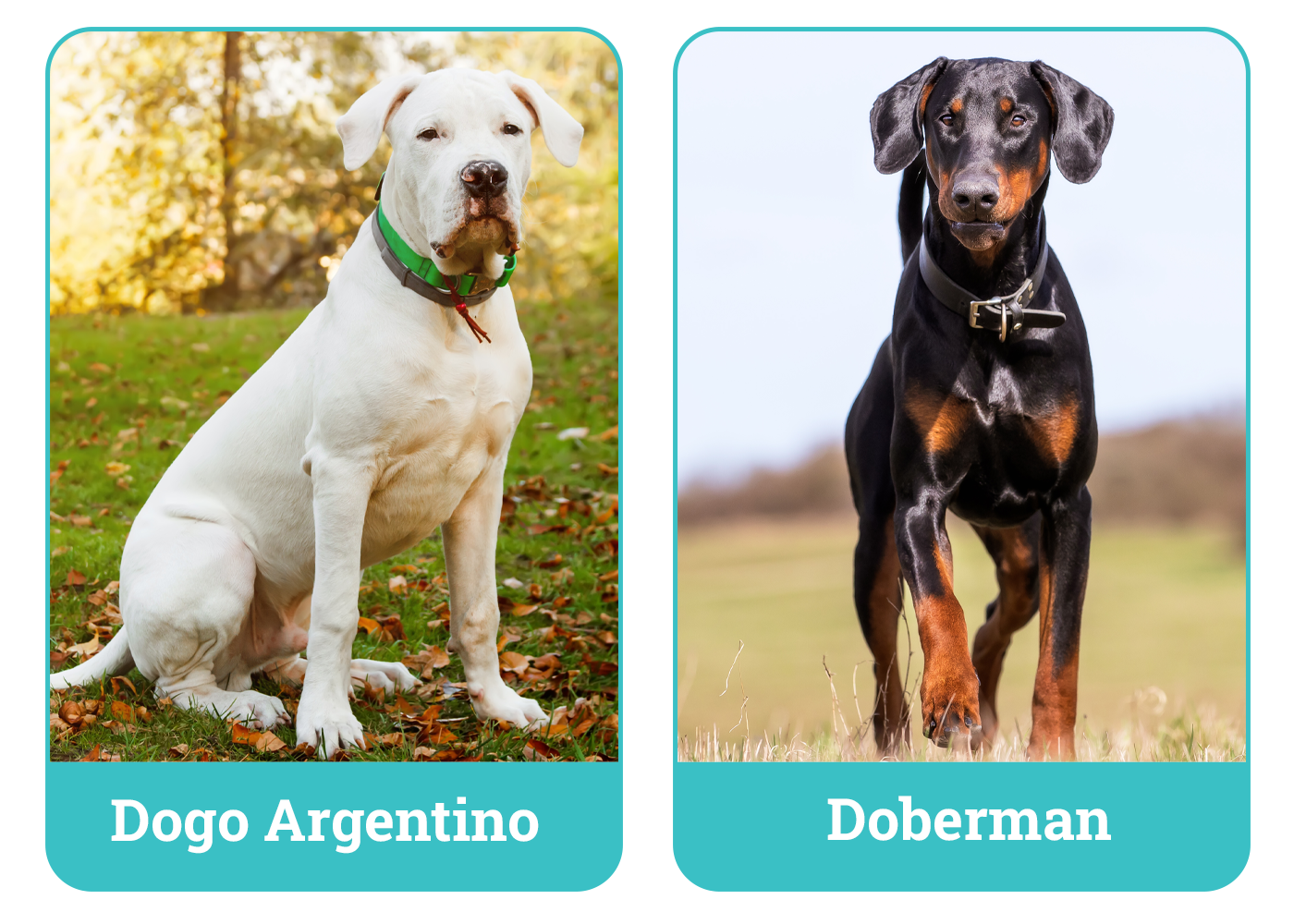
Both Dogo Argentinos and Dobermans are amazing and powerful dogs. These breeds are loyal, loving, and can be fiercely protective. The key to choosing the right one, however, depends on your circumstances. If you are a novice dog owner, the Dogo Argentino could be difficult to handle, as the Doberman is the easier breed to train. You should also keep your living situation and activity level in mind, as the Dogo Argentino requires a lot of activity and room to show off their power and strength. The Doberman is more adaptable to your situation.
No matter which breed you choose, keep in mind that both of these breeds were bred as working and protective dogs. Early training and socialization are a must for them to be successful.
